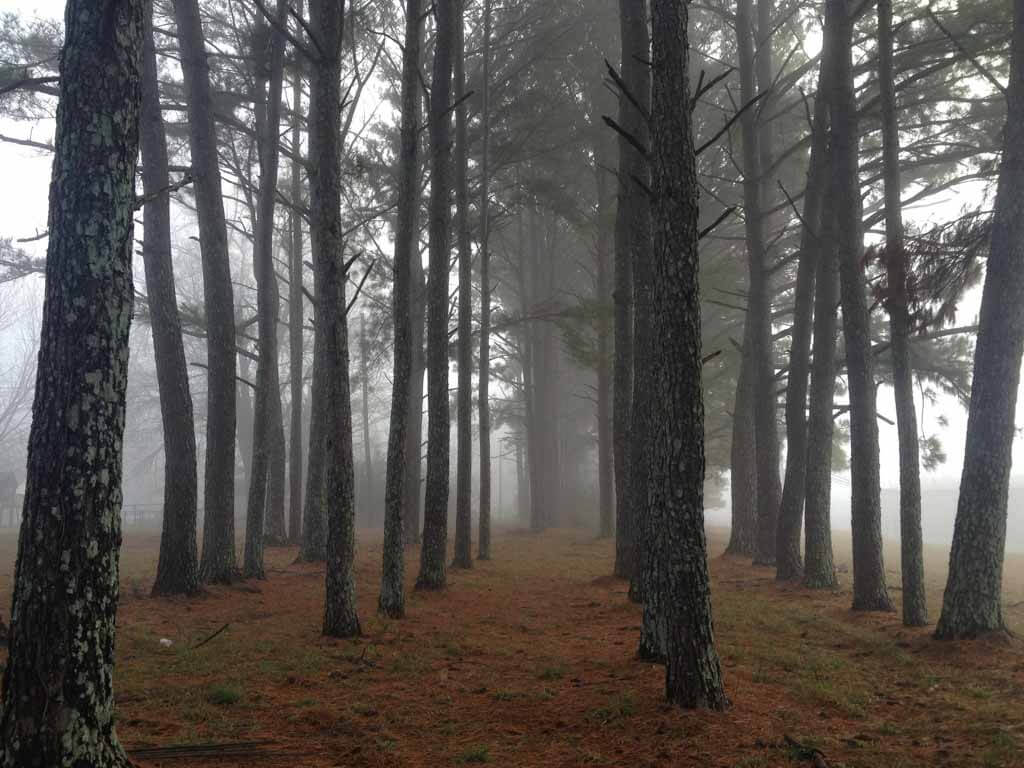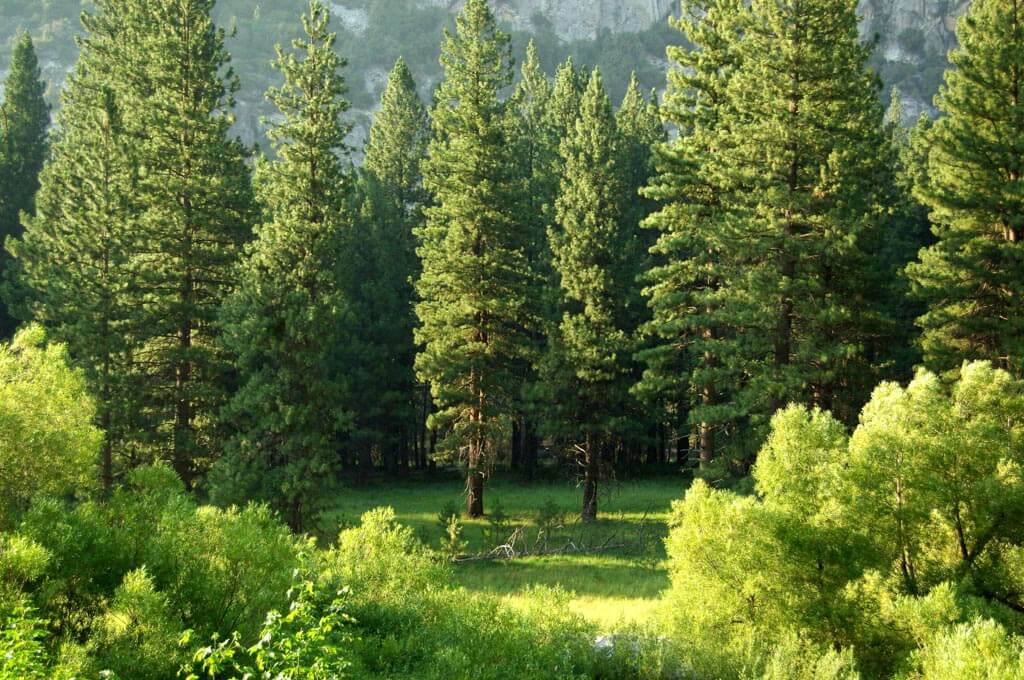When you’re looking to buy timberland, it’s important to have a sense of the value of the timber on the property. Since timber is often the most valuable asset on this kind of property, you need some realistic idea of how much potential there is for future timber sales. Otherwise, you risk overpaying and losing money from future sales. In this post, we’ll discuss how to get a reasonable timber inventory and a realistic timber value before you purchase land.

Getting started: Some Key Terms
Timber Inventory
Everyone knows what an inventory is, but the term “tree inventory” may not be familiar to most people. But it’s a standard industry term and having a working understanding of what it entails will be valuable to any owner of timberland. Another common term for this activity is called “cruising timber.” Tree inventories are often done before land is sold so that both buyer and seller can know the value of what is being sold. Many buyers will offer a tree inventory to interested purchasers, but a wise buyer will realize that the numbers need to be verified. You’re taking a risk if you just take the seller’s word for the value. This article at Land Think is very detailed and helpful.Measurement Terms
The standard way to gather solid information when taking inventory of a forest is to measure both trees per acre and volume per acre.Wood categories
It’s obvious that a year-old seedling doesn’t have the value that an 80-year-old oak does. So how do foresters classify trees when doing a cruise? Two broad categories of wood value are trees suitable for pulpwood and those suitable for saw logs. Trees suitable for pulpwood (used for making things like paper) range from about 6” to 12” in diameter. While there is value here, the value is much less than on larger trees that can be used for logs. Trees from about 12” diameter and larger are suitable for saw timber. Best of all are logs large enough (18”- 20” and more) that can be used for veneer. (Even if a log fits this category, it may not have the interior quality that suits it for veneer.) The standard place to measure a tree’s diameter is at 4’ from ground level. This is known as the tree’s DBH (diameter at breast height). For saw logs, the useful portion of the tree starts around here and goes up to where the first significant branch starts. This is known as its Merchantable Height. The rest of the tree isn’t of value for logs. Tree volume is measured in two ways, depending on the two categories just mentioned. For saw logs, the trees will be counted or estimated to see how many “board feet” of lumber they can produce. Pulpwood, on the other hand, is measured by volume or weight and is recorded as cords, cubic feet, or tons.Timber Basis
When it’s time to sell the timber, you will pay tax on the profits. But to be able to calculate the profits, you need to know how much you initially spent on the timber. Once you have an accurate timber inventory, you will be able to record your basis. It’s much better to have this completed prior to or near the time of purchase. While it can be done even decades later, it will be very hard to get accurate numbers, especially if you’ve not kept accurate records.Understand the Timber Market and Species
With these key terms behind us, we need to look at some other elements that make up the value of your timber. It’s not enough to know just how many trees you have. You also need to know something about the timber market and the kinds of trees that you have. The market for timber depends on supply and demand, but this doesn’t always mean that you will get the benefits of high prices. One good thing about timber is that you have options about when you sell. It’s possible to coordinate your harvest with a peak in the market – as long as you aren’t in a hurry to sell, and as long as the market doesn’t plunge once you’ve committed to the harvest. The value of timber on a property also depends on the kinds of trees that it contains – the tree species. Tree species vary widely across the nation, and trees found in some forests aren’t as valuable in those found in others. The deep South, in states like Alabama and Mississippi, is known for its miles and miles of timber “plantations.” Huge areas are planted with pines, not unlike planting corn. These “crops” are cut every several decades and then replanted. This is a prime source for much of the framing lumber and plywood that is used in construction, but these trees do not have the value on a tree-by-tree basis that hardwoods from northern forests will have. Hardwood forests produce such trees as oak, maple, hickory, cherry, and walnut. These trees are used for furniture, cabinets, and veneer work and they bring better prices than the average pine or spruce tree.
